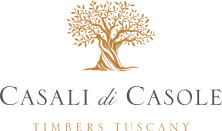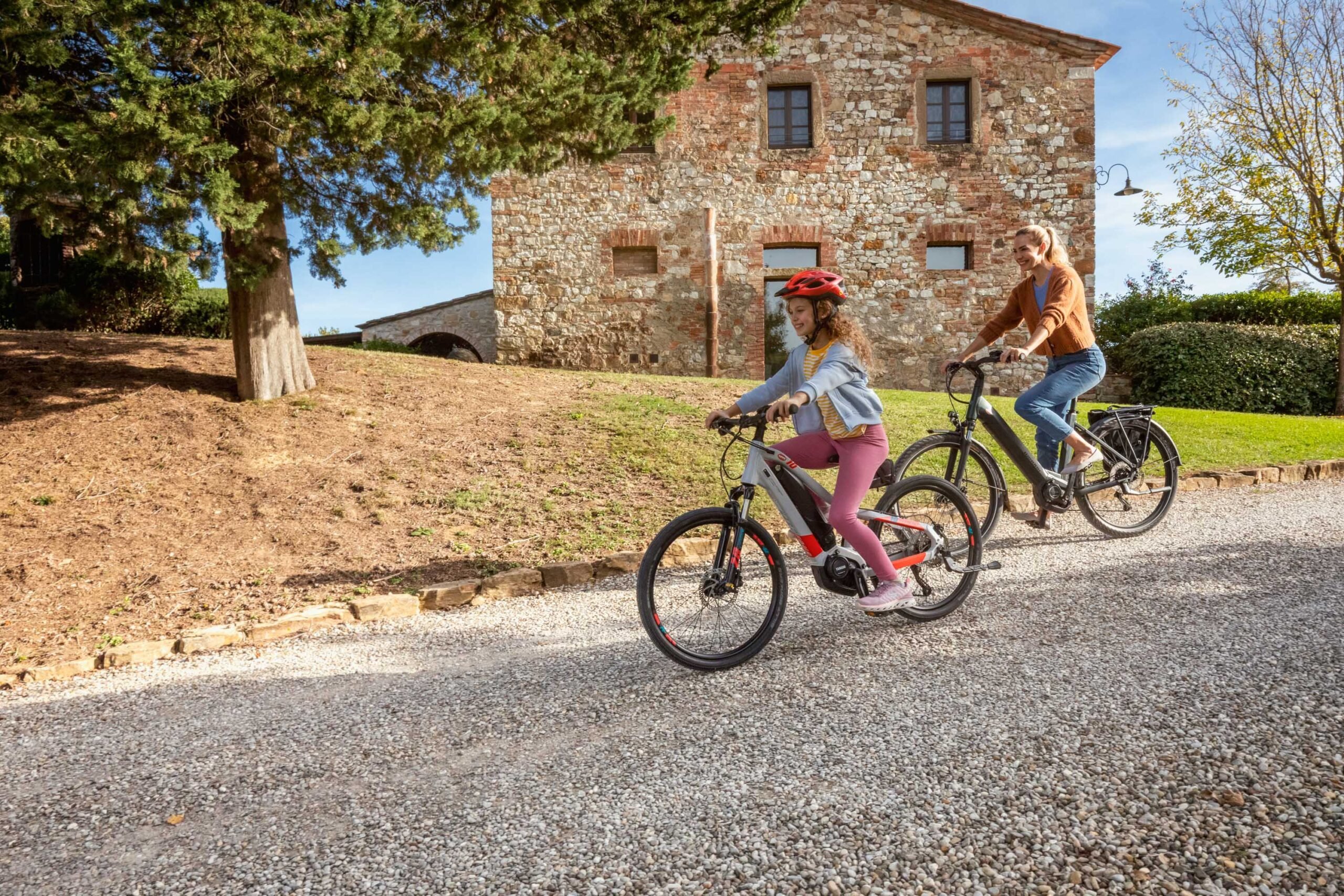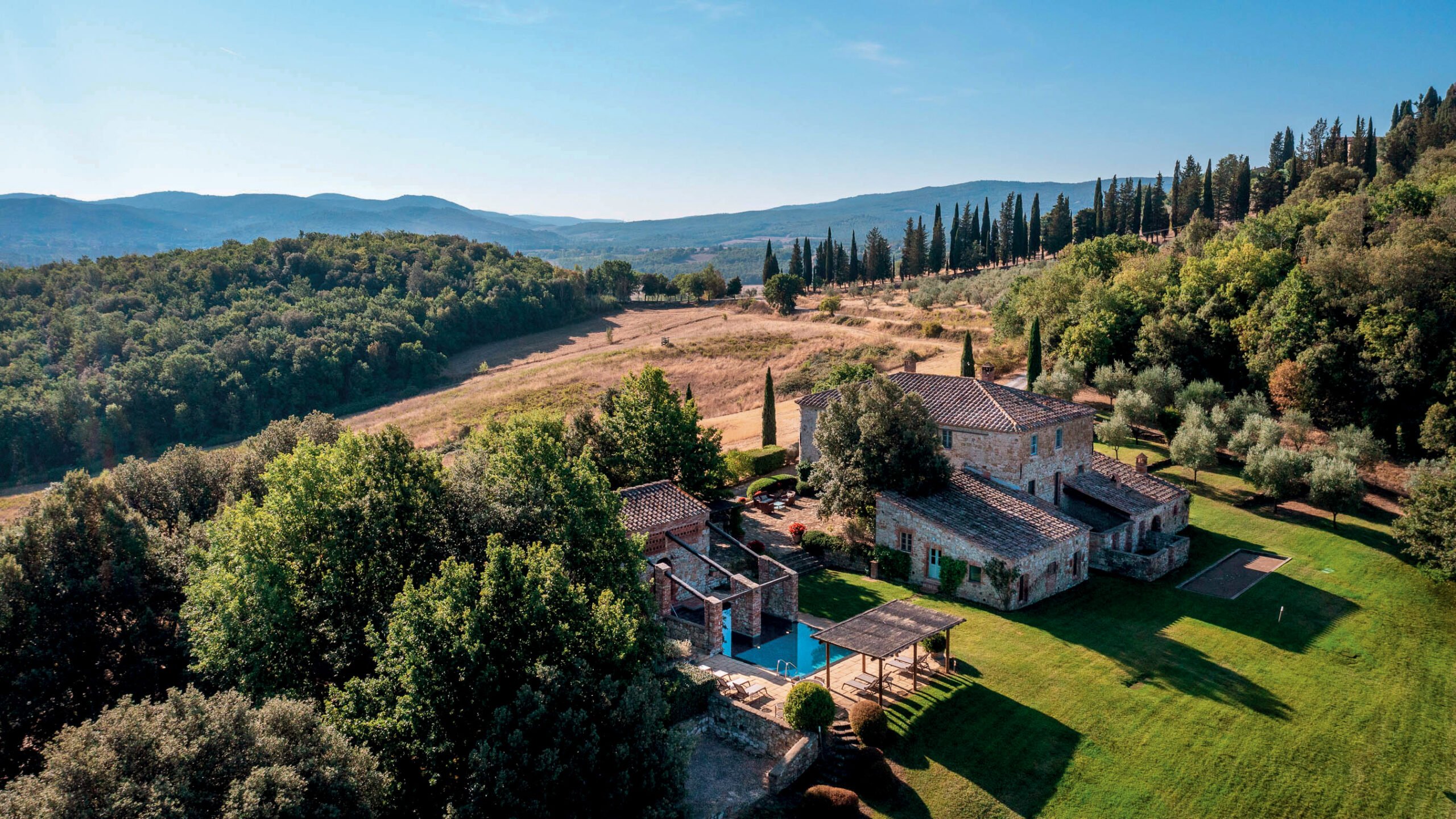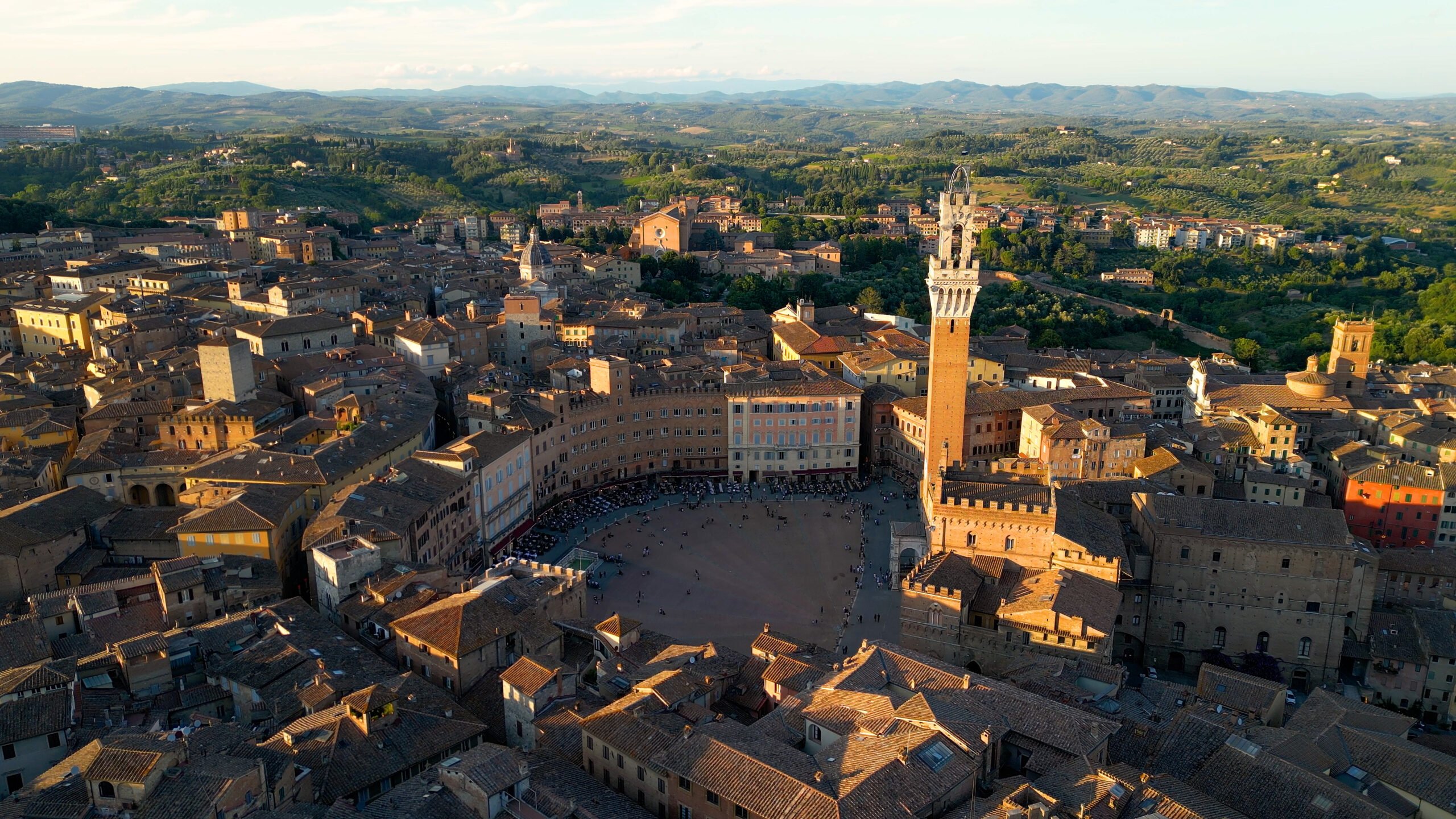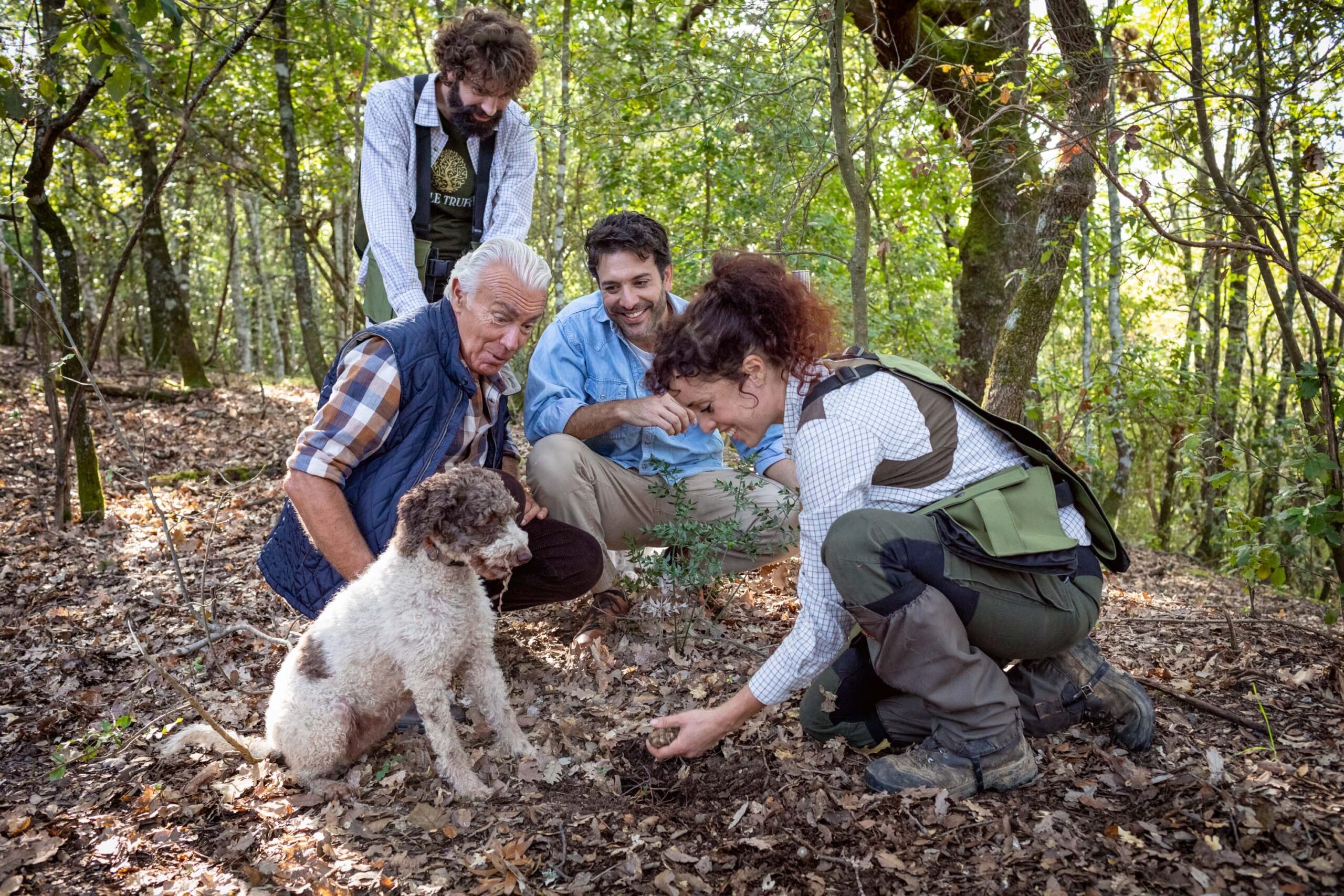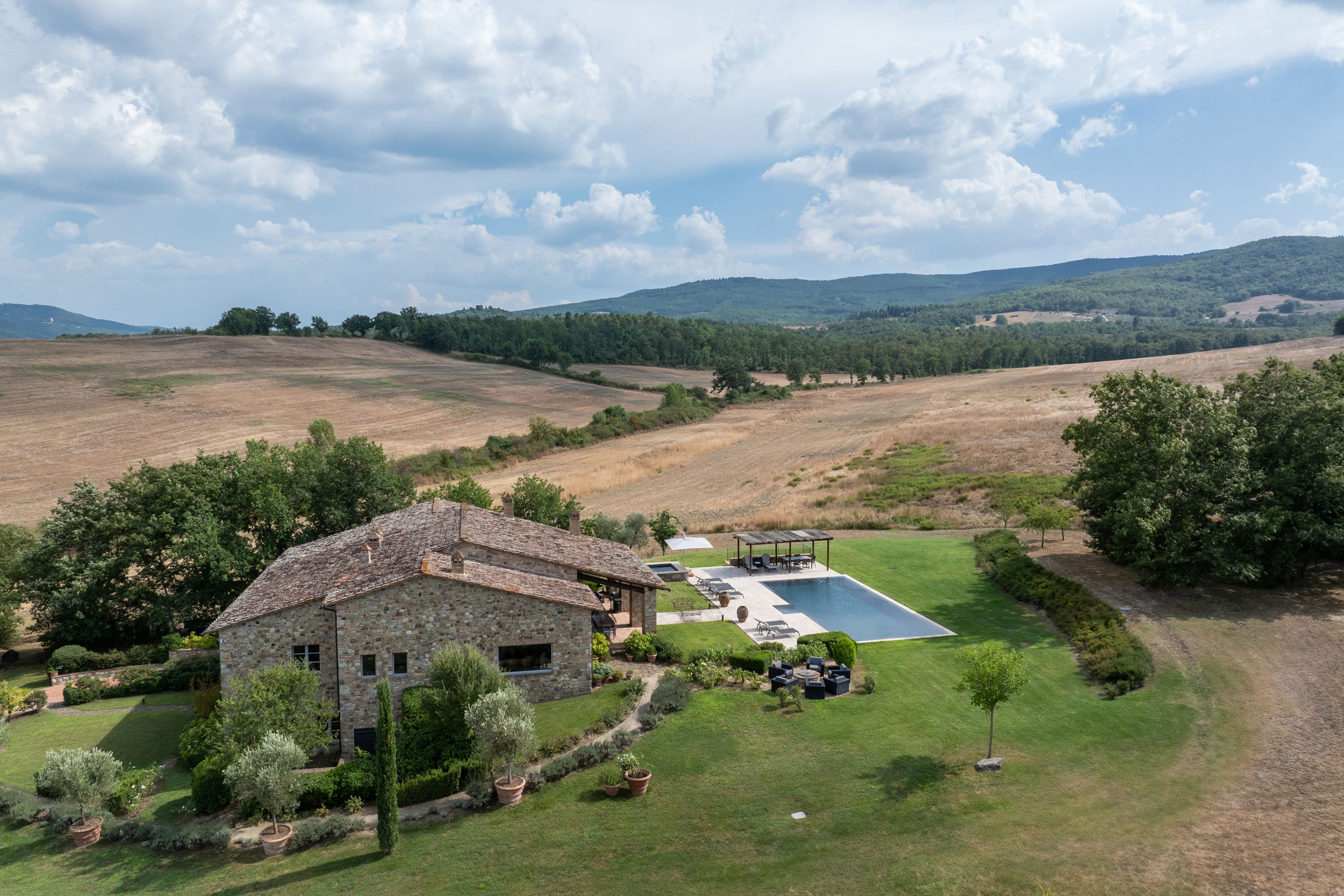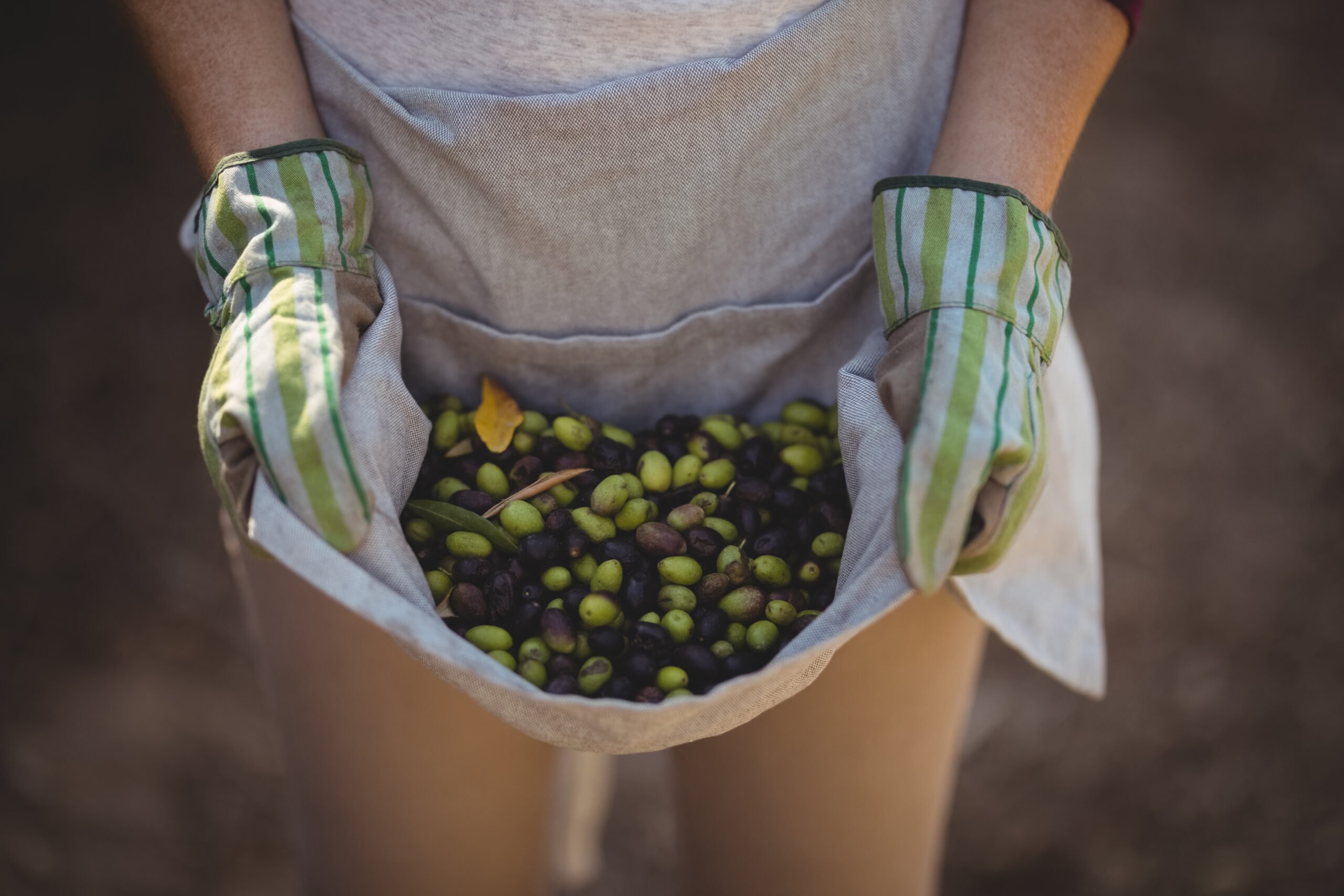Holiday Traditions in Tuscany
November 05, 2024
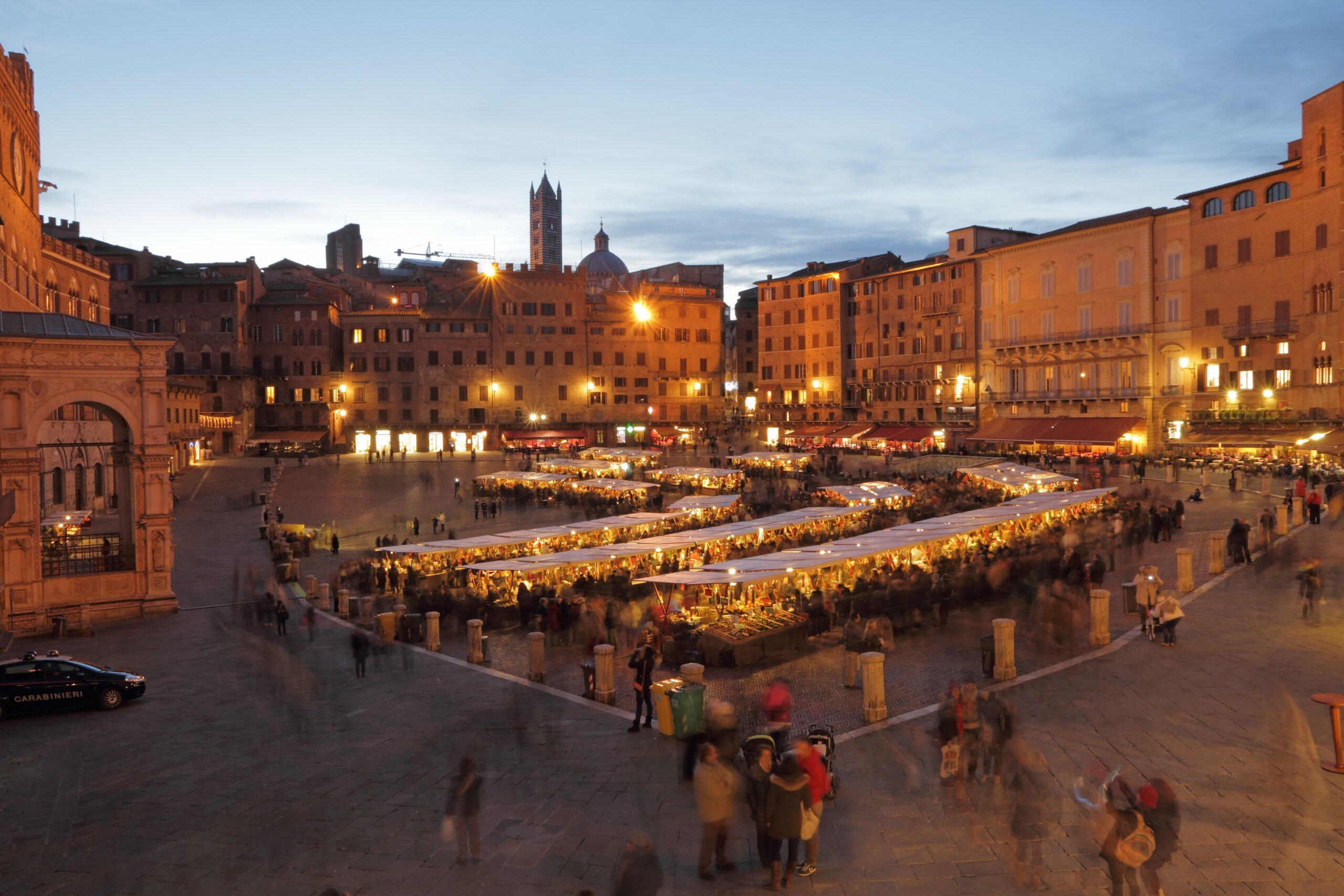
The rolling hills of Tuscany are not only renowned for their breathtaking beauty but also for the traditions that have endured for centuries. As the festive season approaches, the region comes alive with a blend of faith, family, and culinary excellence that defines the Tuscan Christmas experience.
The Start of the Season: Presepe and Lights
While most cities and towns across Italy typically begin celebrating in mid-November, the holiday season officially begins on December 8th with the Feast of the Immaculate Conception. This is when towns and cities across Tuscany light up with festive decorations and nativity scenes, known as presepe, which grace churches, piazzas, and homes. Some villages, like our hometown of Casole d’Elsa, even host living nativity scenes, where the town comes together to reenact the birth of Christ. The Praesepium of Casole d’Elsa is the largest and one of the most popular open-air living nativities in Italy, welcoming visitors from across the country and the world. View this beloved display just minutes from Casali di Casole from December 26 – 29, 2024 and January 1 – 6, 2025.
Open-air Christmas markets host festive artisans, entertainers, and cuisine vendors. 2024 markets near Casali di Casole include ‘Natale a Colle’ in Colle Val d’Elsa on November 16 and 17, 2024 and Mercato nel Campo in Siena from December 6 to December 8, 2024.
Food-Centered Celebrations
The holidays in Italy are centered around food, with a deep respect for local ingredients and traditional recipes that vary from region to region. In Southern Italy, for example, the festive meals typically begin with a Christmas Eve dinner, or La Vigilia, where families gather for a meatless feast that honors the Catholic tradition. Instead, the table is filled with seafood, such as baccalà (salted cod) and shellfish.
Christmas Day is a grand culinary affair in every region, including Tuscany, typically starting with antipasti, followed by homemade pasta often served in a rich broth made from capon or red meat. For the main course, a variety of roasted meats take center stage. Cappone (young male chicken) roasted with herbs is a holiday favorite, while in some areas, game birds like pigeon or pheasant may also be served. A popular Tuscan Christmas dish is fried cardoons (otherwise known as artichoke thistle) then stewed in cappone broth.
Desserts and Traditions
Italy’s holiday sweets are legendary. Panettone – originally from the North of Italy – is the most popular Christmas dessert. In Tuscany, Panforte, a dense fruitcake with nuts and candied fruit, and ricciarelli, almond-based cookies dusted with powdered sugar, are also staples of the season. In southern Tuscany, chestnuts play a starring role, usually served boiled or baked into desserts. Another classic is cavallucci, anise-flavored cookies with dried fruit, nuts, and a rich, chewy texture.
The festive calendar continues beyond Christmas. December 26th, Santo Stefano, is another day for feasting, followed by New Year’s Eve. On New Year’s Eve, families come together for the cenone (big dinner), typically featuring seafood and traditional lentils. When the clock strikes midnight, 12 grapes are eaten – one for each month – to bring good luck and prosperity in the coming year. The celebrations culminate on January 6th with the Epiphany and the arrival of La Befana, a beloved figure who delivers gifts to children, much like Santa Claus. This final holiday marks the end of the season, closing with the proverb: “L’Epifania tutte le feste si porta via!” (The Epiphany takes all the holidays away).
A Timeless Celebration
Throughout these weeks, Tuscany is alive with communal celebrations that honor both old and new traditions. The meals, the lights, the nativity scenes, and the heartfelt exchanges between friends and family all reflect the timeless spirit of the region. Tuscany’s holiday traditions, whether at the dinner table or in the streets, are a celebration of life, rooted in the land, faith, and the warmth of togetherness.
